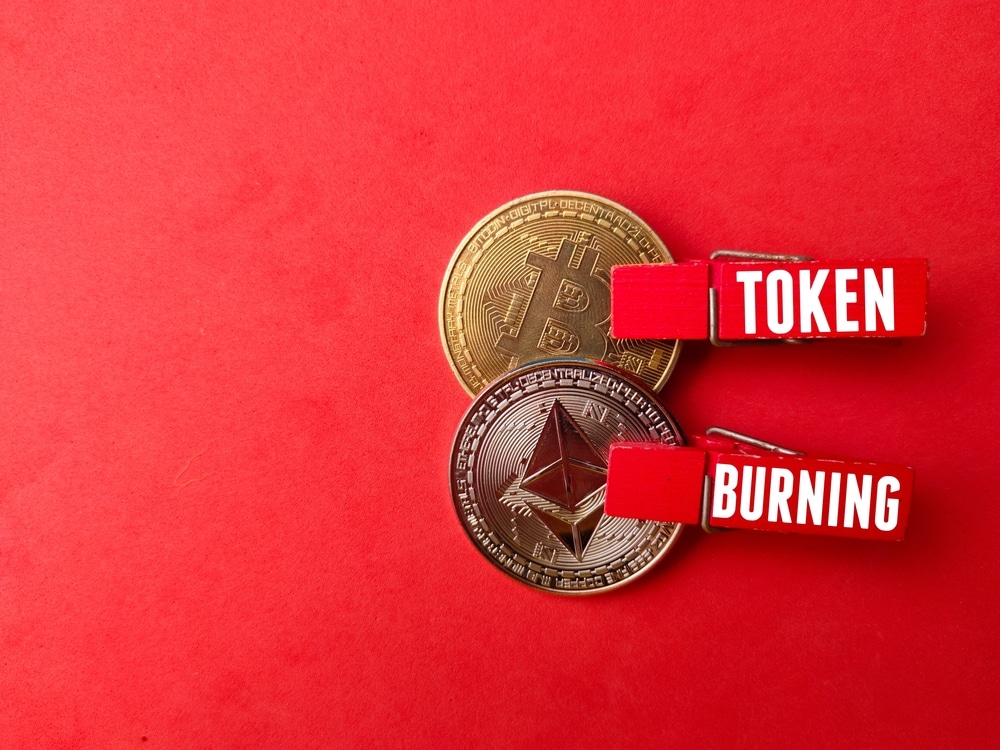
What is a Token Burn? – How Crypto is Removed From Circulation
Burning crypto assets can be compared to putting cash on fire. However, this process is more complicated than that.
But why does a developer wants to burn their tokens? Well, there are several reasons, which we will discuss here.
What Does Token Burn Mean?
Burning crypto assets means transferring them to a certain place (burn address) where they won’t be recovered forever, essentially removing them from circulation permanently.
Simply put, burn addresses are virtual wallets that do not have private keys, making them inaccessible. That said, sending tokens to these addresses eliminates them from the total supply, rendering them no longer tradable.
Burning tokens cause the remaining tokens in circulation to increase in price. This is because a highly demanded crypto asset with limited supply tends to trade for a greater price.
Why Some Protocols Burn Tokens
As mentioned earlier, burning tokens leads to an increased price of circulating tokens. Therefore, a crypto project can burn its tokens in an effort to boost the value of its investors’ holdings. But it is worth noting that token burn does not have an instantaneous impact on prices.
In addition, burning tokens can prove ineffective when other news related to a particular crypto asset has a bigger effect on the price movement.
The Ethereum blockchain has adopted a burn mechanism called EIP-1559, which burns ETH collected from transaction fees on this network. As of March 2023, over 2.6 million ETH, estimated to be worth $3.2 billion, has been removed from circulation since 2021.
Last May, Otherside NFT mint led to the burn of more than 88,000 ETH worth $150 million at the time.
Shiba Inu is one of the cryptocurrencies that employs a burn mechanism. The developer of the meme coin introduced a SHIB Burning Portal last April, which allows holders of Shiba Inu to destroy their tokens in exchange for another crypto asset, BurntSHIB. Holders of this token receive rewards in RYOSHI tokens.
There are a few algorithmic stablecoins that burn tokens to keep their prices stable. Usually, creators of such stablecoins burn tokens when their prices go below the expected price to decrease supply and match demand. Conversely, they mint more tokens to increase supply and lower the token price if it exceeds the intended.
But this mint-burn mechanism has been a matter of serious discussion since the downfall of Terra’s stablecoin UST last May. The crypto asset lost its peg after the mechanism failed, plunging to zero. Since then, not a single stablecoin has consistently maintained its expected price through the mint-burn method or algorithms.
Burning NFTs
Besides burning fungible tokens, sending NFTs to burn addresses is also possible.
However, not many NFT projects have employed burn mechanisms. One that has is:
Burn.art: This NFT project was developed by Pak, a renowned NFT artist. It lets holders burn their digital art to receive a token called ASH, thus increasing the remaining NFTs’ value in the collection.
Final Remarks
Being a decentralized technology, blockchain enables people to do whatever they want with their crypto assets, even if it means renouncing their ownership of such assets in a manner that they will never see them again. That said, the decision to retain or burn your digital asset is all up to you.




